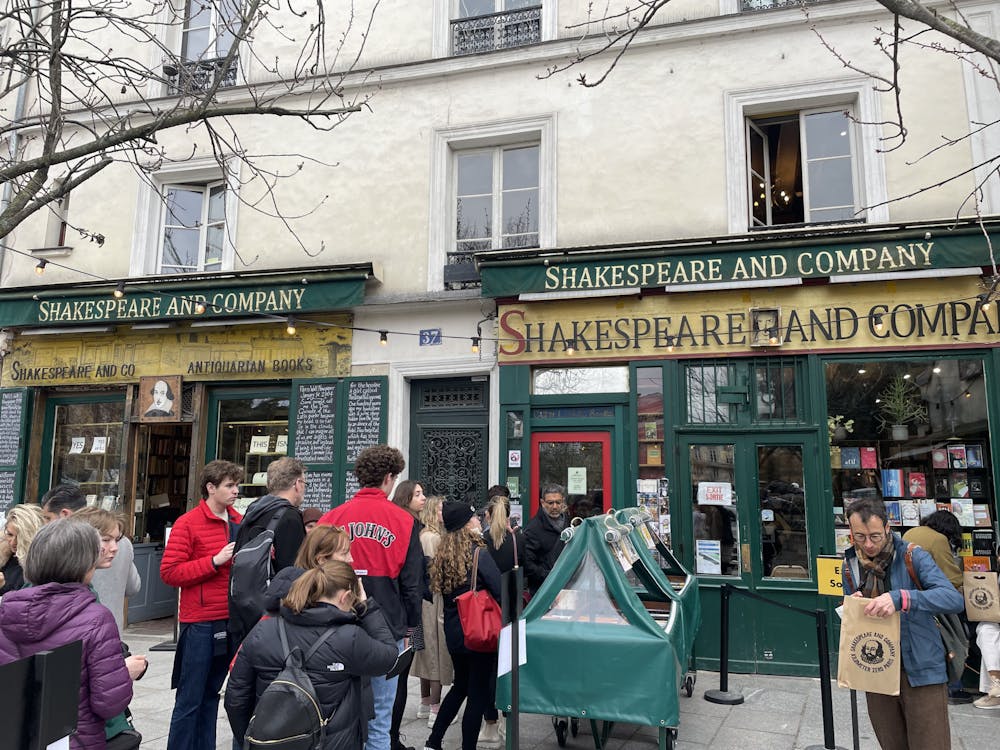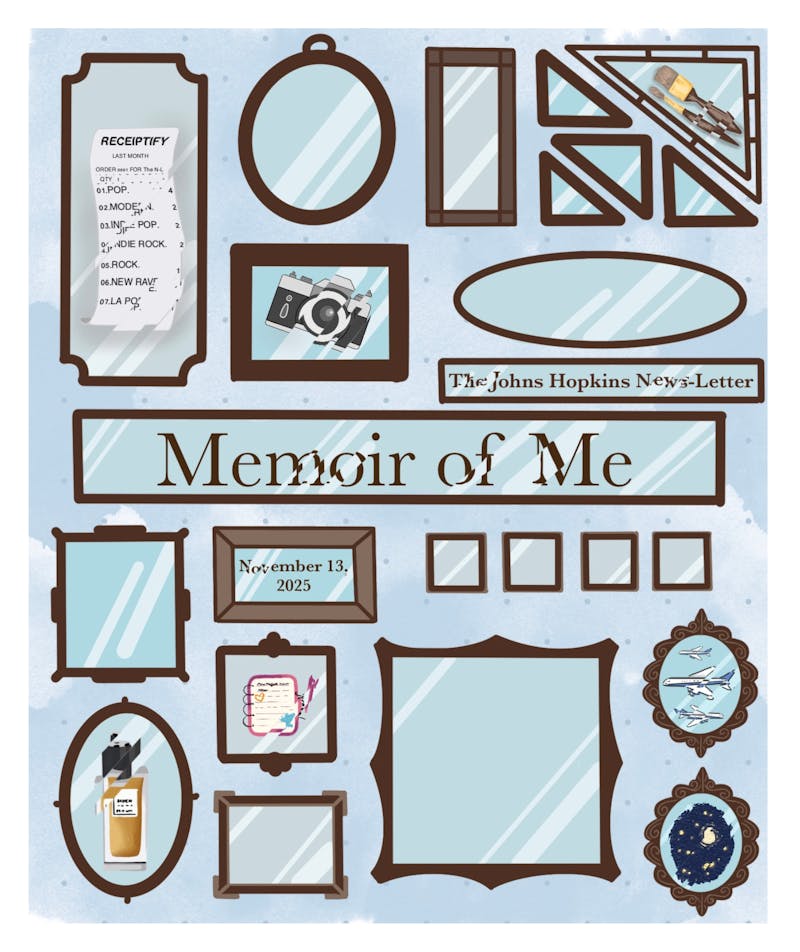This fall, The News-Letter conducted a community survey to better understand who makes up our readership. In total, 43 students shared their identities, academic backgrounds and experiences.
Here’s what we found:
- Gender: 53.5% identified as women, 39.5% as men and 7% as nonbinary.
- Race/Ethnicity: 32.6% identified as Asian/Asian American, 23.3% as Hispanic/Latinx, 20.9% as white/Caucasian and 9.3% as Black/African American. Other identities, including Middle Eastern/North African and multiracial, were also represented though in smaller percentages.
- Year: Most readers were juniors (39.5%) and sophomores (30.2%), followed by freshmen (16.3%) and seniors (14%).
- Academic fields: Engineering was the most common area of study (25.6%), followed by natural sciences (20.9%) and business/economics (20.9%). Only two respondents (4.6%) came from the humanities.
- Other factors: 27.9% of readers were international students. Fourteen percent identified as first-generation college students, with a small portion unsure or preferring not to say.
What does this mean?
While this survey reflects a diverse readership, it also highlights areas for improvement. Black student reader representation, for example, remains lower than the proportion of Black students in the broader Hopkins community (7.5%) and considerably lower than the demographics of our surrounding city Baltimore (60%).
Our readership also skews toward juniors and sophomores, who make up nearly 69.7% of our readers. This may be because freshmen are less aware of The News-Letter while seniors are preparing to graduate. Increasing outreach to first-years could help balance this gap.
Academically, our audience comes heavily from STEM-oriented backgrounds, with most respondents coming from engineering, natural sciences or business/economics. Only two students reported humanities majors, a number that, while small, aligns with Hopkins’ overall 6% humanities enrollment.
Notably, international students make up 27.9% of our readers — far higher than the 12% reported in Hopkins’ official enrollment data. This suggests that international students may be especially engaged with campus publications as a way to stay connected. At the same time, this trend highlights potential under-engagement with domestic students, particularly Black and first-generation/low-income students.
In conclusion, the diversity survey shows that many communities remain underrepresented. With this knowledge, The News-Letter must strive to broaden its readership. At the end of the day, it is our readers who give this platform life.





